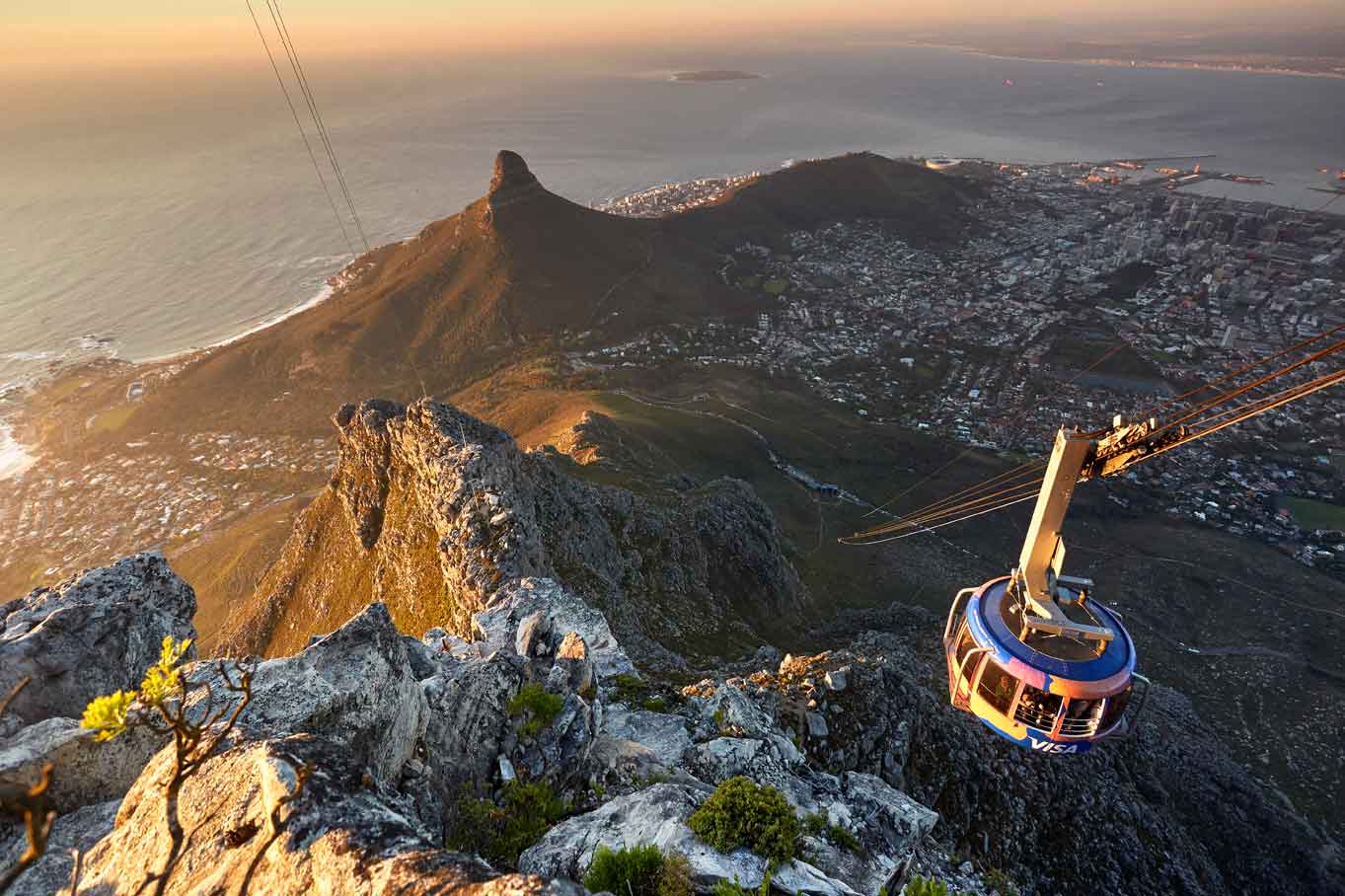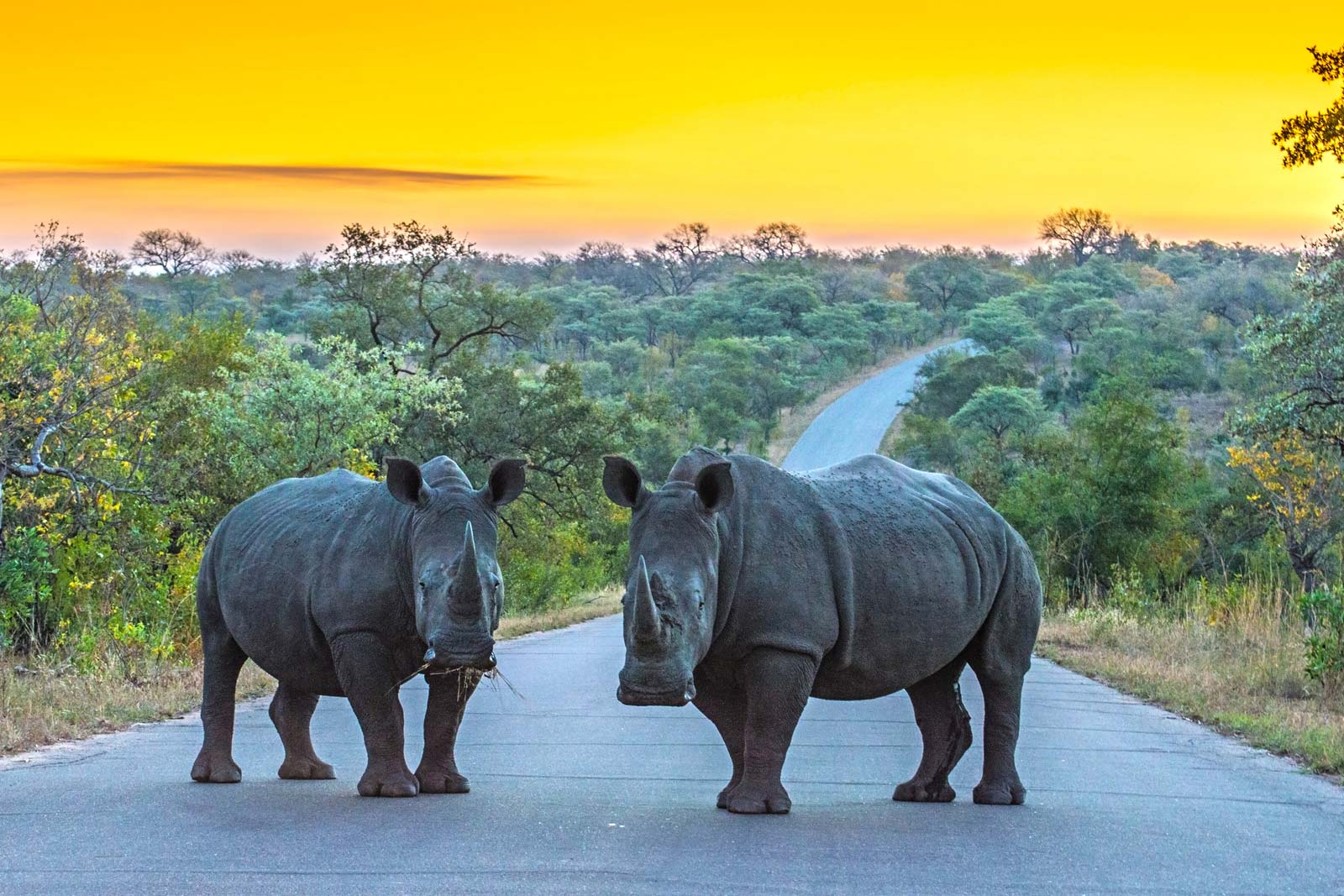South Africa is a great destination to visit year-round, as each season brings its own delights. As the country is so vast and boasts many different climates, there is always a region which will be at its best no matter what time of year you travel. It can, however, be a bit tricky to know when to visit, as South Africa’s two most famous destinations – Cape Town and Kruger National Park – are situated in two different climate zones with opposing rainy seasons, but rest assured it is possible and JD, François and the rest of The Travel Cafe team will be happy to assist!
For a more detailed breakdown, please click through to each region’s dedicated Destination Guide, where you will also find more details on the best time to visit that specific region.
Autumn (March - May): Our absolute favourite time for visiting South Africa is the Southern hemisphere’s autumn or fall, when the hot summer temperatures start dropping to mild enjoyable temperatures throughout the country. If you wish to truly do a roundtrip and sample everything South Africa has to offer, this is best time to go.
At this time of the year, the winter rains haven’t yet arrived in Mediterranean Cape Town, while subtropical Kruger National Park are coming to the end of their summer rainy season. Because the summer heat has abated in Kruger, you can also be ensured of excellent safari conditions, while in Cape Town the South-Easter wind that blows throughout summer dies down and the city isn’t overly packed with tourists.
Autumn is also the best time to visit both Blyde River Canyon, in close proximity to Kruger and dubbed South Africa’s Panorama Route due to its breath-taking beauty. The Cape Winelands are also particularly beautiful in autumn, which marks the beginning of the annual wine harvest. Do not miss attending a wine festivals held on one of the many beautiful Cape Dutch estates, as the vine leaves are transformed in shades of ochre and crimson to complete this dreamy picture.
Summer (November - March): If you are after a true sand, sea and sun beach holiday, then the best time to go to Cape and the Garden Route are the summer months of December through to February, during the dry season. The hottest month of the year is February, with temperatures around 35°C / 95°F. You can round up your holiday with a beautiful safari experience in the excellent game reserves of the Eastern Cape. The stunning Drakensberg mountain range also shows its most advantageous side during summer. While rain is possible, the mountain is green and lush, and temperatures are perfect for hiking.
If Kruger Nat¬ional Park is your dream destination, this is however our least favourite season, as summer in Kruger is very hot and rainy, with high levels of air humidity. The much-needed rains allow nature to rejuvenate itself, but the thick and lush foliage also allow animals to hide and they are generally much harder to spot.
Kwazulu Natal, also with a tropical climate, is similarly hot and humid.
Spring (September - November): Although Cape Town and the Garden Route gets some rain during the spring months, this period is generally much less wet than the winter. If your primary reason for visiting the coast of South Africa is to see the beautiful wildflowers – then this is the time to come. Ericas, proteas and other fynbos species turn the mountain and wild areas into a colourful garden of incredible beauty. And since this season still falls within Whale Season, you have a great chance of spotting these gentle giants off the coast near Cape Town.
Spring is also a good time to head to the less explored destinations SA has to offer, such as the pristine and unexplored West Coast or the ruggedly beautiful Cederberg or the remote Namaqualand which explodes with colours as wild flowers carpet the otherwise arid region. Wildflowers bloom everywhere, little streams and waterfalls form and create natural rock pools all over, and this is the perfect hiking season.
Kruger National Park along with Kwazulu Natal are also lovely during this season, with very pleasant temperatures and dry sunny days. Even Johannesburg and Pretoria show their best side during spring, when the Jacaranda trees transform the city streets into a riot of lilac.
Winter (June - September): Winter is a very popular time to go to South Africa, especially for true safari enthusiasts who generally vote this season as their favourite to visit the Kruger National Park. Winter is the height of dry season and the best time to see animals, who are forced to congregate out in the open to the rivers and waterholes. You are guaranteed a magical Kruger safari.
While nights can be cold, the subtropical climate does translate into warm sunny days. This is also the case for Kwazulu Natal and the ruggedly beautiful Wild Coast, both destinations that showcase the annual Sardine Run. Ranked as the largest marine migration on the planet and comparable to the wildebeest migration of East Africa, it is a must-see if you’re at all interested in diving or marine wildlife in general.
However, this is the least popular time to visit Cape Town as the weather can be fresh, and this is when the Mother receives the majority of its rainfall. That said, even during winter in Cape Town you often experience gorgeous sunny days with temperatures as high as 21°C/70°F. Beaches are usually deserted, some tourist activities are closed, and locals generally retreat to the cosiness of their homes or around crackling fires in restaurants and hotels. This is the whale season though, with hundreds of southern right whales congregating to South Africa’s shores, making this a beautiful spectacle well worth seeing.



















